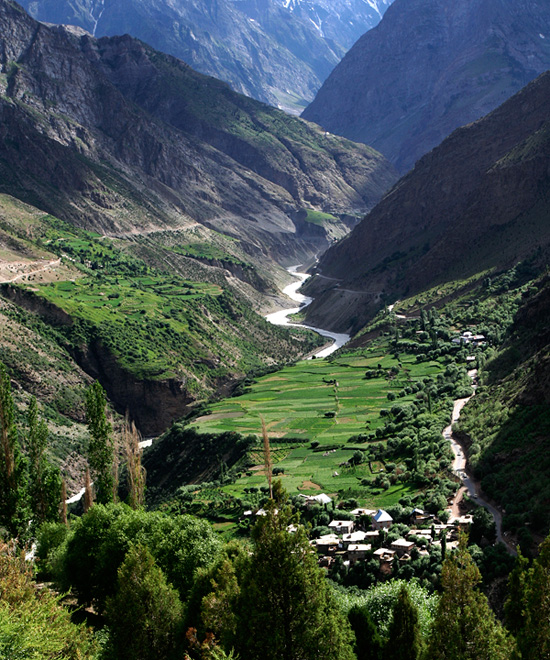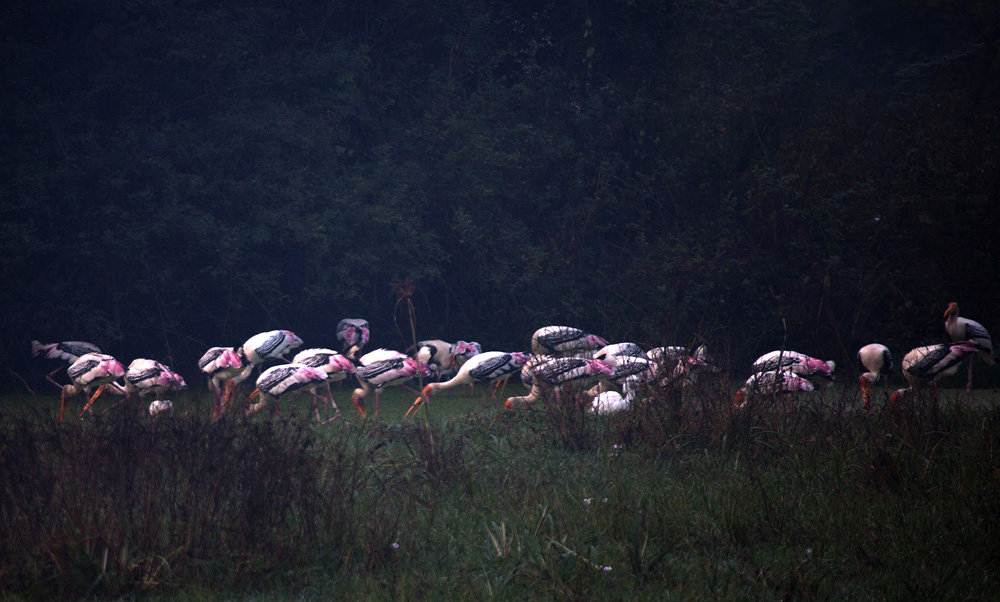This is second in the series of travel photography articles that we are publishing this week. See the earlier story on travel photography – understanding the scope.
A few years ago, editor of a travel magazine asked me for an article and photographs on birds in Bangalore City. The article was intended to highlight the variety of birds you can find within city limits, and their habitats. The article ended up focusing largely on the bird life around the lakes in the city. I supported it with several images of a variety of birds – Ashy Prinias, Sunbirds, Asian Koels and more.
I tallied the article with the photographs and sent it off to the editor. A few days later, the editor rang up. “I need an opening photo,” he said, “can you send me one?” I did not know what he meant by an ‘opening photo’ was. I asked him what exactly was he looking for. It turned out, images of birds was good but not sufficient to tell the full story. The editor was looking for an image the summarized the habitat that the birds lived in, which would quickly introduce the story to the readers. Perhaps an image of a lake with all the shrubs around it and some birds flying around; may be the canopy of a park that supports a lot of birds, surrounded by buildings .
This conversation happened a few years ago, when I first realized that a story needs photographs that are more than a simple images of the subjects mentioned in the story.
In another instance, when I was photographing a traditional house for a commissioned story in an architecture magazine, the journalist from the magazine who was working on the story asked me for a semi-abstract image that showcased the ‘feel’ of the house and not just portraying the elements of the house. Again, the idea was to bring in a ‘sense of place’ to the story.
In travel photography, the same concept brings in the idea of ‘landscapes that characterize a location’. Unlike in nature photography, where a landscape image may showcase a location-agnostic image of a brilliant sunset or a snowy mountain peak, these landscape images offers the viewer a quick introduction to the place, and tells those 1000 words about the place that a photograph is expected to say.
So how do we make such images?
In many occasions, when we are looking at a large place, say a village high in the mountains or a small town littered with heritage sites, it is a matter of walking around the place and finding a good vantage point where the views summarize the place. For example, when I was working on a story on Lahaul Region in Himachal Pradesh with small mountain-town of Keylong as the center of the story, I offered this image below as the ‘opening image’. The photograph said many things in one go. It showcased the place to be remote, nestled in high mountains with a river flowing by. Yet, the road leading to the town indicated that it is approachable, well-inhabited and not entirely inaccessible.
See the image of a flock of birds in Keoladeo National Park, Bharatpur, which gives a quick summary of what to expect in the park. The national park is well-known for its (a) large number of bird population and (b) its marshy habitat. The image is not the best portrait of any birds seen in the park nor is it a high quality wildlife photography, but it quickly summarizes those two highlights of the park. The image was chosen as a double spread ‘opening photo’ in a magazine, for a story on Keoladeo National Park.
Similarly, below is the photograph I made when looking for a landscape image that characterizes the small town of Badami. Badami is known for its temples and ancient structures built around a lake surrounded by sand-stone cliffs. I went up one of the rocks and tried to make an image of the lake and rocks around it in one image, which showcased much of Badami’s riches.
When you are making travel images of a place, always keep a lookout for that one image that immediately brings to the viewer a sense of understanding of what the place is. Begin your story on the place with an image of landscape that characterizes the location.



